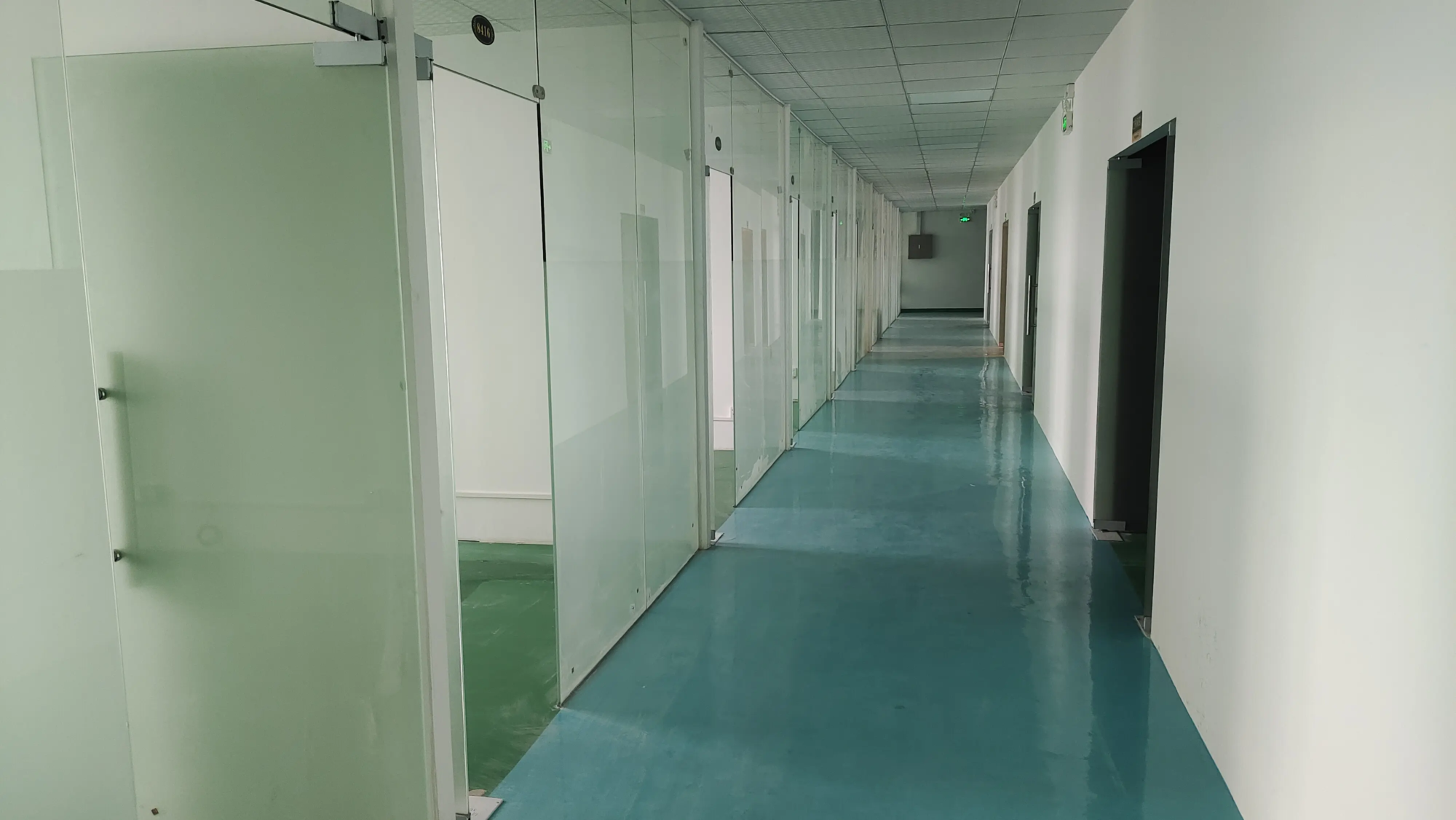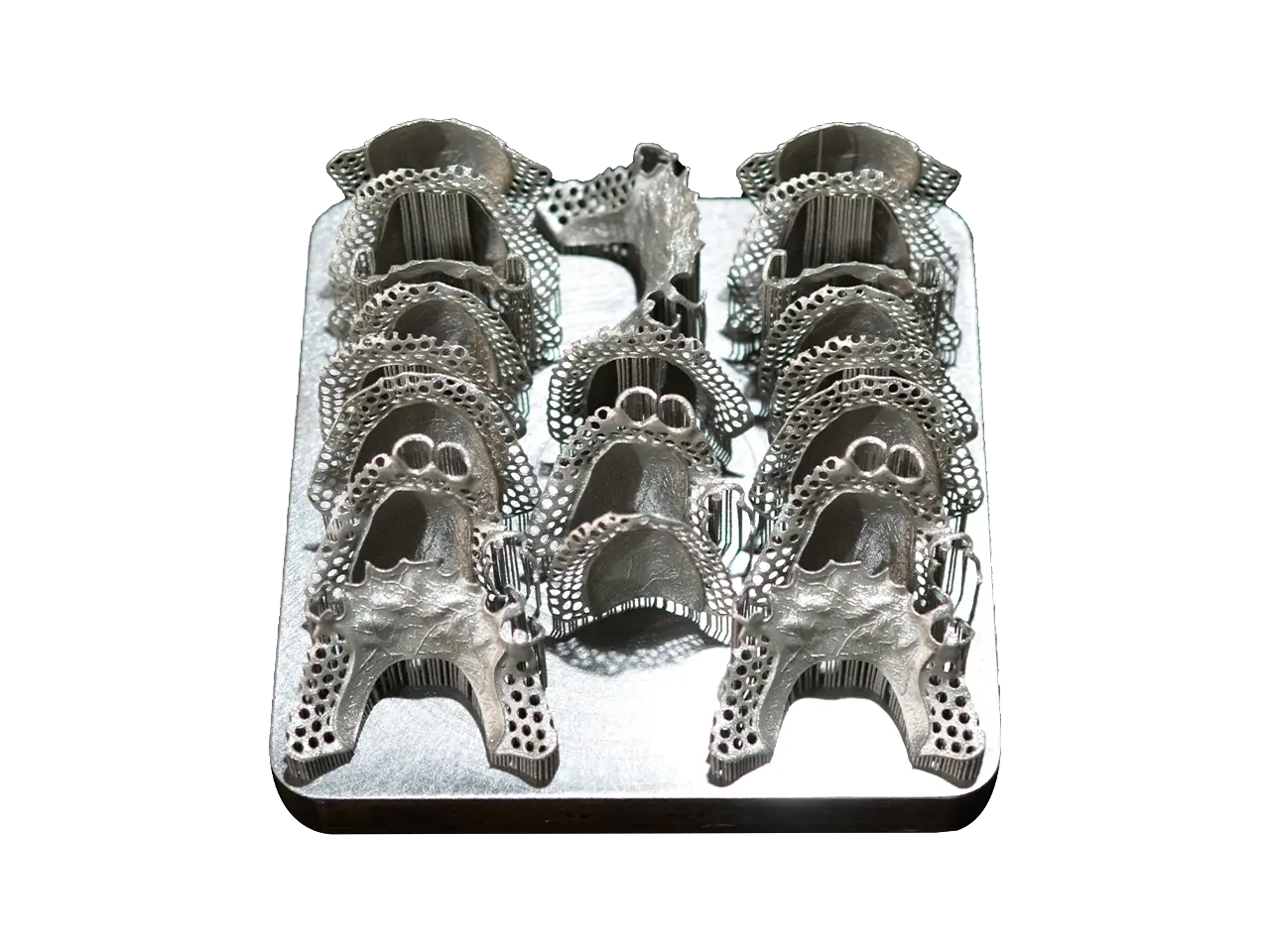As demand for electricity continues to grow in the age of artificial intelligence, global technology companies are turning to small nuclear reactors as a sustainable energy solution. New remote monitoring technology using advanced AI technology can detect potential dangers in these reactors in just two seconds. This innovative system can monitor internal reactor conditions in real time, significantly reducing management costs and improving safety.
A research team co-led by Professor Jung Il-doo of the Department of Mechanical Engineering at Ulsan University of Science and Technology, Professor Kim Nam-hun of the Graduate School of Artificial Intelligence, and Professor Kim Hyung-mo of Gyeongsang National University, launched a smart component system for remote monitoring of small nuclear reactors. The relevant research results were published in the journal “Virtual and Physical Prototyping”.
The system uses integrated fiber optic sensors to continuously monitor reactor components and alert users of anomalies. Its main advance lies in the combination of 3D printing and artificial intelligence, which makes it possible to quickly process multiple continuous data from fiber optic sensors. The research team fabricated smart core components using directed energy deposition (DED) printing methods and seamlessly integrated fiber optic sensors into these metal components.
This design ensures that the system can maintain stable operation even in the harsh environment of a nuclear reactor. The AI system can quickly analyze optical sensor data and monitor thermal deformation in real time, allowing operators to remotely detect and evaluate the reactor condition via a digital twin interface under augmented reality technology ( AR).
Compared to traditional large nuclear reactors, small nuclear reactors (microreactors) can provide stable energy near energy-intensive facilities. However, it is essential to guarantee the safe operation of these installations. This new technology is expected to significantly improve the safety and operational efficiency of the next generation of small nuclear reactors, using AI to monitor key thermal distortion signals that are difficult to detect with traditional inspection methods.
Professor Zheng Yidou pointed out: “We have solved the challenges faced by traditional detection methods through AI fusion technology, which can greatly improve the stable and efficient operation of new generation small nuclear power plants. » He further predicted: “The scope of”. this fusion technology can be extended to nuclear energy. Additionally, it could benefit several industries such as independent manufacturing systems, aerospace and advanced defense.





